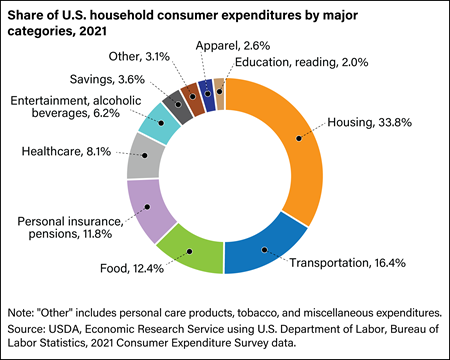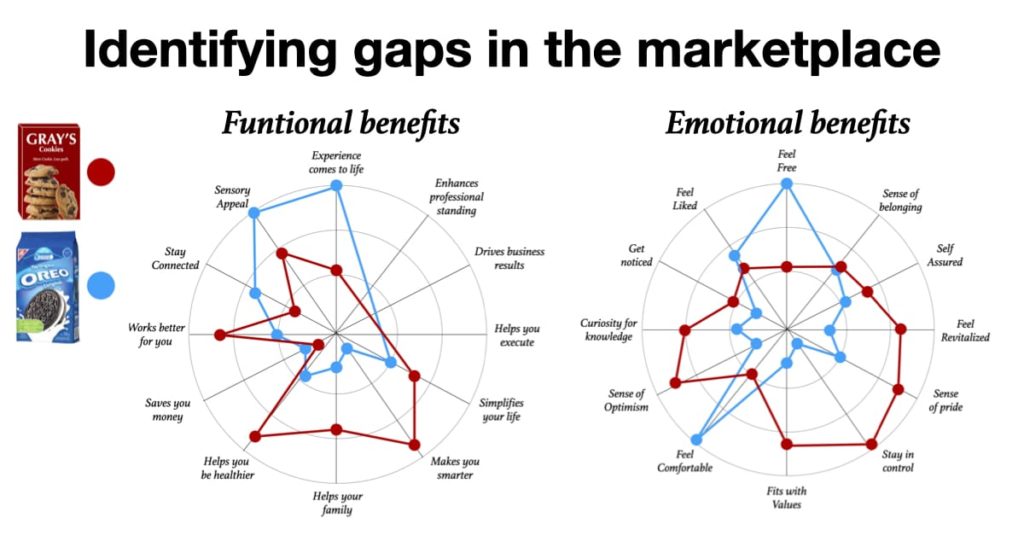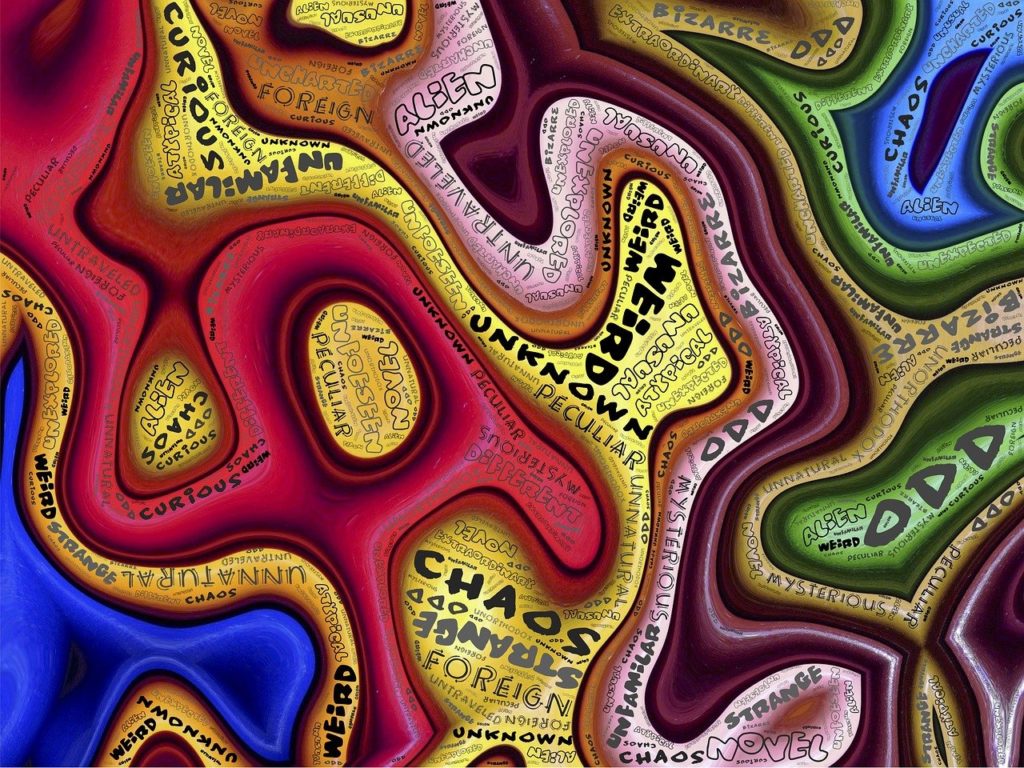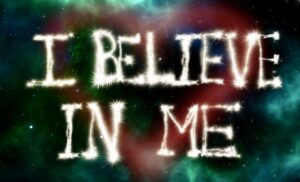
Curiousity as a positioning tool in today’s business world
‘Positioning’ is a word in marketing speak, that often makes those using the word feel more intelligent and insightful. In reality, it simply means a combination of product and messaging functionality, orientation, targeting, the unique selling proposition(usp), user connection; and above all, common sense on how to sell it.
There is an old adage that the best predictor of the future is the past. This used to be the case, but doesn’t necessarily hold true anymore, in the current disrupted marketplace! Thus, it takes us back to functionality, orientation, targeting, usp, user connection; and above all common sense, as needing to be a habitual routine..
Disruption: Do we really know?…

Who is Kane Brown? Which is better between ChatGPT, Bard, Quillbot…or what might come next? What is the ideal media mix – which are obsolete and which have little return? Traditional media, or digital and social media? Do Influencers really deliver results? What connects with, and holds the attention of youth? How do you define “woke”? What is gender? Who are Destroy Lonely and Ken Carson?
We’ll come back to this later.
As we move into a future with fluid definitions and realities, based more on an individual’s perspectives, these answers become more elusive. Unfortunately, many products, and previously leading brands, are not taking the time to seriously think about these answers, and therefore not positioning appropriately. That will be their undoing. And don’t forget…functionality, orientation, targeting, usp, user connection; and above all common sense.
In a marketplace where there is disruption, you must have the curiousity to gain the knowledge to help you figure things out.
Where do your revenue streams reside? How do you tap them?


I will probably come across as being stuck in the status quo by using conventional models to articulate this uncharted concept; but stick with me. Let’s go back to the basics.
The illustration above essentially uses the U.S. economy, and an abstraction of the hierarchy of needs, to illustrate where most products derive their revenue streams from. This illustration I’ve used is simplified to better articulate the concept, for the purposes of this piece.
Of the typical US household expenditure above, I would argue that:
- * 62.6% falls under level 1 basic necessities of food, housing and transportation.
- * 19.9% falls under level 2 security/ safety needs of healthcare, and personal insurance.
- * 3.6% falls under level 3 accumulating assets or the need for savings.
- * Only 13.9% of the household budget is therefore left for levels 4 to 6 needs of enhancing life, independence and legacy.
So, that is 86.1% for what can be considered basic survival in the modern world. If your product is not a food staple, providing shelter, treating or preventing illness, or moving people around, it’s going to get even tougher to secure your revenue streams.
The decline of historically leading brands on this link, like Blackberry, Nokia, and Yahoo https://www.usatoday.com/story/money/business/2012/10/08/brands-most-value-lost/1619827/ are of no surprise, because of their lapsed business fundamentals in this digital age. Other previously stalwart brands like MTV, ESPN, Moët & Chandon and Coach appear to have boxed themselves into a past era. The list is endless, but just ask yourself about Coca-Cola, J.C. Penny, Timex, Victoria’s Secret, Harley Davidson, The Gap; and on, and on.
Demographics are clear, but are psychographics

I earlier mentioned functionality. Too many products lose sight of the fact that, even more so in this disrupted marketplace, functionality is both about the physical delivery of a product, as well as how it makes the user feel.
As Graham Roberston demonstrates, two brands that are both essentially cookie products, can each embed their own unique positioning by clearly owning specific functional and emotional benefit territories. Both Gray’s and Oreos by having clear and distinct positionings, can carve out their own market segments, and both thrive.
Fragmentation, disruption and disinterest?

So…now that we’ve covered the basics on positioning, let”s look at why curiousity is essential to brands surviving in this new era of fragmentation, disruption and disinterest.
In the earlier part of this millenium, most aspects of our lives were pretty standard and conventional. You went to the mall or supermarket for shopping. Most adults aspired to buy a car, as their mode of transportation. Music was purchased through known channels. We watched TV, either through mainstream networks or cable TV. I believe that, without any fear of being branded a grumpy old man, market segments up until that time had a certain order and structure.
I said I’d get back to it, so here are the glimpses of curiousity that I earlier mentioned. If I am to understand the youth market, I have to be not only abreast of, but interested in the following types of things.
The earlier curiousity questions
Kane Brown is a Black, urban guy, who is one of the biggest Country & Western music stars. Let me age myself. I thought that Destroy Lonely and Ken Carson were comic book characters. But no; they are 2 of the biggest up and rising young rap stars, who don’t use conventional music labels to put out their music. All those other question marks around A.I., gender, and wokeness are being turned on their heads with every passing day, with ever changing answers. And influencers?….what really is an influencer? Are they worth paying for? There are more questions than answers in our current world. And that is why curiousity is essential, as you search to position your product.
Breaking through the noise.

In a disrupted marketplace, you can make a choice to be part of the noise, to be the noise, or to break through the noise. Unfortunately most products, and even historically strong brands, choose to be lost in the noise. Some of them, as they are in their death throes, become the noise; turning off their users. The strong brands of today, and the brands of the future, break through the noise.
The hear no evil, see no evil, speak no evil monkeys
But curiousity needs to help us interpret the 3 monkeys above correctly:
- Hear: Do we have our finger on the pulse of what our users, audiences and potential target markets are living, breathing, feeling and saying? Don’t just continue ramming the obsolete usp of the sweet taste of your product, when the market kept sending up red flags about sweet taste, years ago. Don’t be the outdated brand living in an echo chamber, that only hears what you yourself are saying, or what you want to hear.
- See: Are you looking around and really observing what is going on with audiences and trends? Are you seeing that the youth are no longer in any one spot for long? Are you seeing where they are heading to? Can you anticipate it? Are you noticing markers that may not stick out like a sore thumb? Also, are you correctly interpreting what is going on around us, or just misreading it from your personal perspective?
- Speak: Are you having conversations and engaging with your audiences and target market, or is it just a one way monologue to them. Most aged brands came up in the era of mass media, where it was one way communication to audiences. With the rise of digital and social media, monologues and lack of credibility from a product are either ignored or rejected. You must be curious about the current lingua franca of the marketplace, and be able to engage on those terms; with credibility.
How have lives changed?

The decline of logic
Yes, lifestyles have changed. Mindsets have evolved. Social sensibilities and values have been transformed. However, I put it to you that human truths remain unchanged. You must discover the human truths that connect your product with your users and your market, and you can only do so through curiousity.
I had a conversation with an acquaintance the other day. We noted how it used to be that having a debate used to be easy. Simply go to objective, incontrovertible facts, and the preponderance of evidence and logic would swing the outcome of the argument. But we then lamented that with today’s alternative facts, individual subjective truths and all the other complexities of today’s societal mores, we must work much harder in bringing a variety of arguments, perspectives and differentiated sources of facts, in order to swing agreement. Today’s world is no longer about winning the argument, but about winning hearts and minds to be in agreement with you.
The audience, more than the product, is now King
It is the same with product and brand positioning. The product no longer controls the exchange, but must be in partnership and in sync with the user and the audience as equal partners in cementing that positioning. You can only do that by properly understanding the user and the audience. They are extremely complex, and if you are not curious in getting to really know and understand them, you will get your positioning wrong.
You will never have all the answers, but at least you will be better able than the next product to answer the questions of real functionality, correct orientation, right target market, a credible usp, genuine user connection; and above all common sense in selling your product in a disrupted world.
For strategic advisory that will leverage uncommon sense and drive your bottom line, get in touch with us on [email protected]
Follow on:



